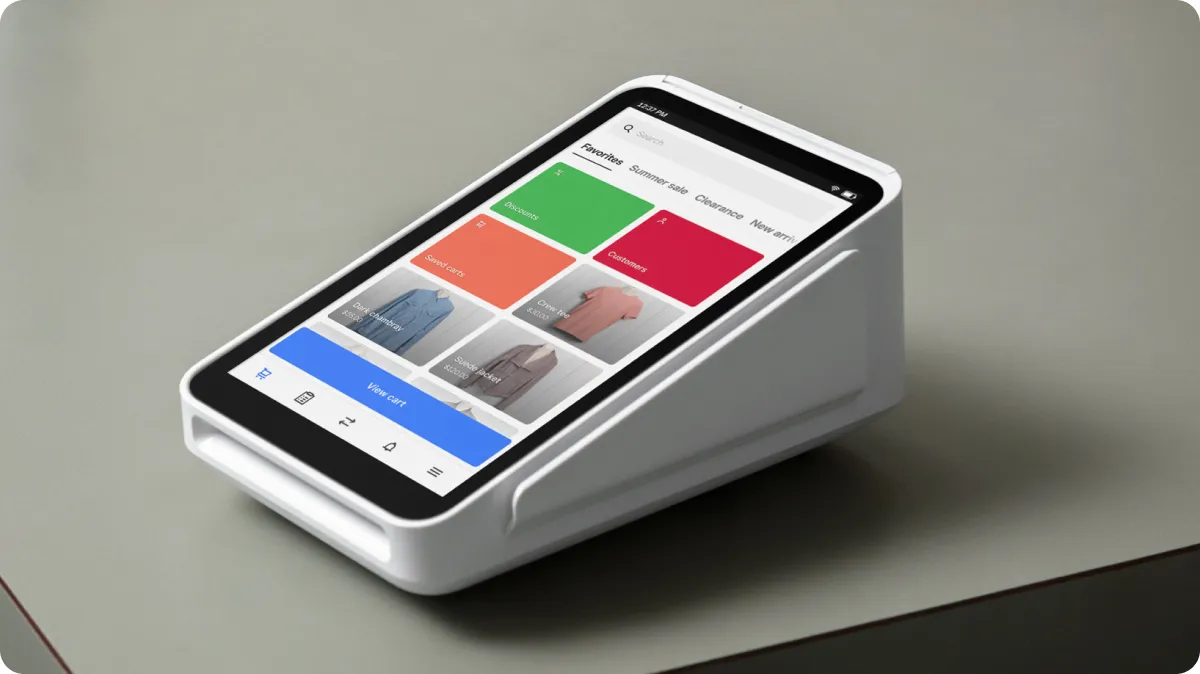Table of contents
Whether you’re a professional in psysical or mental health, the easier it is for your patients to pay for their treatment, the stronger your practice’s welcoming, people-centred image. The more it also keeps cash flowing fast for the business.
According to a U.S. study from J.P. Morgan Chase, patients want a range of payment choices more than ever. Everyone has their own preference — online, in-app or in-person at your practice. As the study suggests “like merchants, [healthcare professionals] are in the business of acquiring and retaining customers — and those customers have a choice in where they receive care…The more payment options available, the more likely patients are to pay”.

How to take payments at your medical practice
With that versatile approach in mind, there are a number of ways to take payments at your medical practice. There will be occasions where one solution isn’t appropriate for a certain patient or in a certain scenario, so all of the options below can be mixed and matched to build the perfect setup.
Before the appointment
You can improve customer experience and reduce waiting times by encouraging patients to fill out any paperwork, arrange appointments and pay for treatment before they even set foot in your practice. Solutions like Acuity Scheduling or Appointedd plug into your practice’s website, social media accounts or any custom platform you may use, before connecting your payment provider. For the patient, paying up front becomes straightforward and stress-free.
At reception
A sleek, eye-catching card machhine positioned at your front desk encourages patients to pay before or after their appointment, (but importantly) whilst in your practice. There are a few ways to organise your setup:
- Free-standing card readers that connect wirelessly to point-of-sale software on your iPad or computer
- Card readers accompanied by a dock to keep them stable and in-position
- A stand that transforms your iPad into a full point-of-sale
In your consultation room
If you’re an independent practitioner without a reception, or simply want the efficiency, a wireless, pocket-size card reader enables you to accept contactless, chip + PIN and mobile payments from behind your desk. You hold the card reader, the patient inserts or taps their card, payment made. The point-of-sale comes right to the patient.
After the appointment
In some cases, it might be appropriate to collect payment after a patient has visited your practice. Here are two ways to do this effectively:
- Use an online invoicing system that lets you create, customise, send and track invoices from one simple dashboard (ideally, for free).
- Download virtual terminal software that allows you to take payments remotely — simply call your patients and key-in their card details.
Keeping your patients’ payment data safe
Naturally, keeping your patients’ data safe is part and parcel of being a trusted service provider, and the payment system you choose should be compliant. The CQC outlines what’s expected in this short post.*
All medical practitioners should seek out a payment provider who acts as the merchant of record. This is the organisation or platform that shoulders responsibility for your PCI compliance by handling assessors, SAQ requirements and audits. They should also be EMV compliant and provide industry-leading encryption that goes over and above to protect your patients’ details.
It’s important that dentists, GPs, therapists and other care providers get paid for the work they do. Your practice may well be your financial lifeline, and it shouldn’t be denied a healthy and consistent cash flow. Building a versatile payment system to suit your patients’ needs is a fast and affordable way to do it. As the study we mentioned said, “The more payment options available, the more likely patients are to pay”.
*Nothing in this article constitutes legal advice. Please consult a legal representative or a qualified healthcare consultant for any questions regarding detailed data protection legislation for medical practices.
![]()











